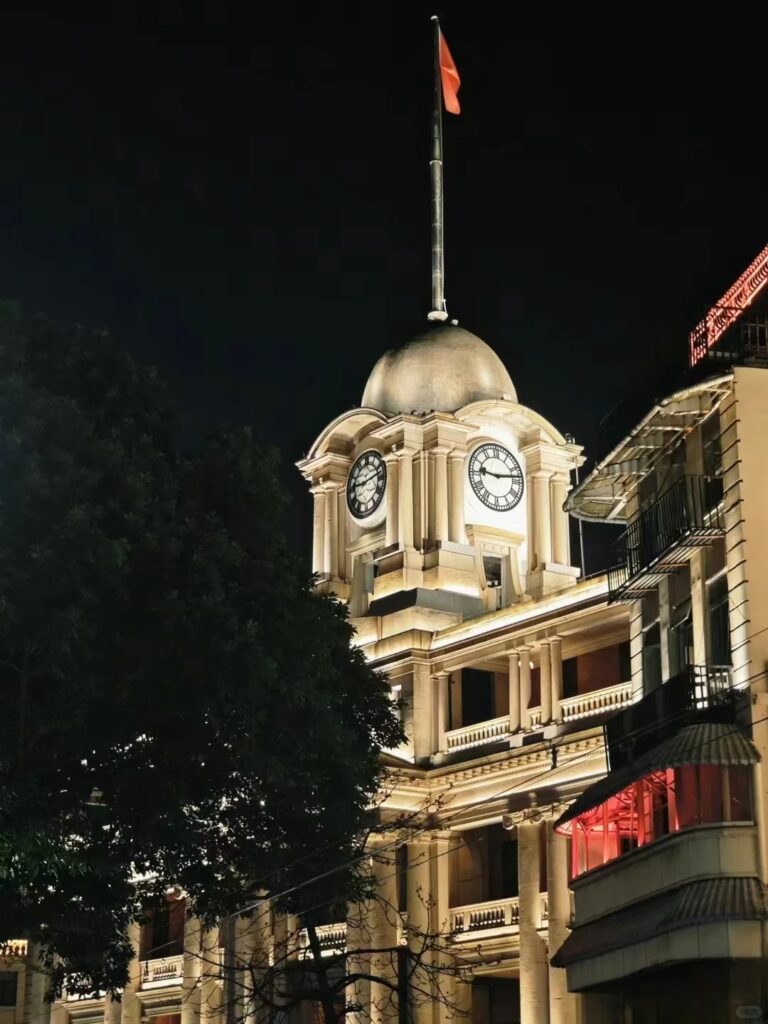Stepping over the threshold, the century-long vicissitudes of Guangdong Customs House gradually unfold. Rich historical relics, precious pictures, vivid sculptures, and realistic scene restorations jointly weave a series of historical paintings, making people feel as if they were there. Here, Guangzhou, as an important node on the Maritime Silk Road, its prosperity and contributions are vividly presented. Moreover, experiencing that old traction elevator is a journey through time and space, allowing people to perceive the past prosperity and changes of Guangzhou through whispers of history. The following is a detailed elaboration on the origin of Guangdong Customs House:
I. Background of Establishment
- Lifting of the Maritime Prohibitions: During the early Qing Dynasty, the government implemented strict maritime prohibitions to restrict overseas trade. However, with the recovery of the domestic economy and the growing demand for foreign trade, the Qing government began to consider lifting the maritime prohibitions to promote economic development and increase fiscal revenue.
- Demand for Foreign Trade: In the 24th year of the Kangxi reign (1685), the Qing government announced the “clearance of maritime unrest,” officially opening up trade with the sea and establishing four customs houses in Guangdong, Fujian, Zhejiang, and Jiangsu to meet the increasing demand for foreign trade.
II. Establishment Process
- Official Establishment: In the 24th year of the Kangxi reign (1685), the Canton Customs was officially established in Guangzhou, becoming one of the four major customs houses in China at that time. The establishment of the Canton Customs marked the official opening of foreign trade by the Qing government and the establishment of customs houses to manage and regulate foreign trade activities.
III. Historical Status and Influence
- Large Business Volume: Since its establishment, the Canton Customs has consistently ranked first among the four customs houses in terms of business volume. The prosperous foreign trade activities within its jurisdiction brought significant fiscal revenue to the Qing government.
- Improvement of Management System: With the development of foreign trade, the Canton Customs gradually improved its management system and tariff system. The “Canton Customs Tariff,” as the first customs tariff in China’s history, had a profound impact on the formulation of subsequent customs tariffs.
- Historical Changes: The establishment and development of the Canton Customs condensed the economic, social, and foreign trade developments and changes of the Guangzhou port, and recorded the arduous entrepreneurial struggle and exploration of the customs. In the history of China’s customs development, the Canton Customs played an important role.


